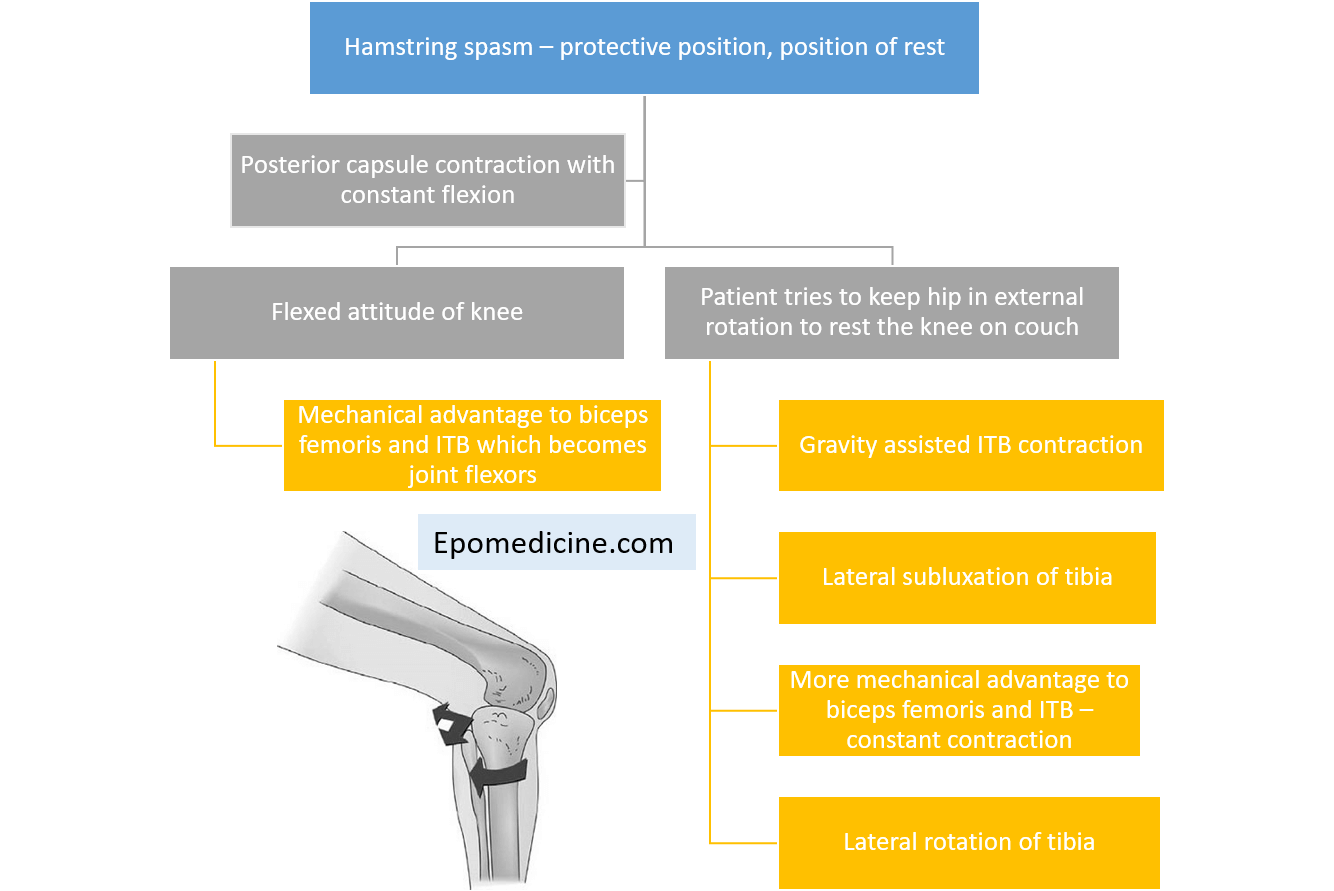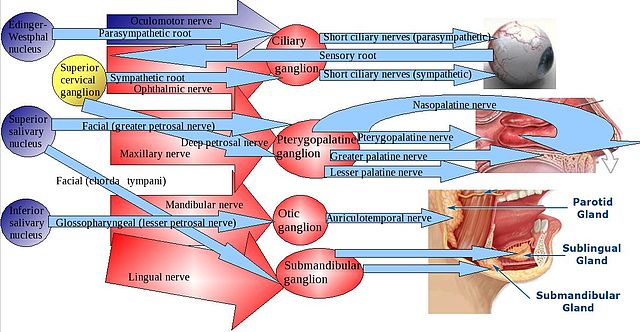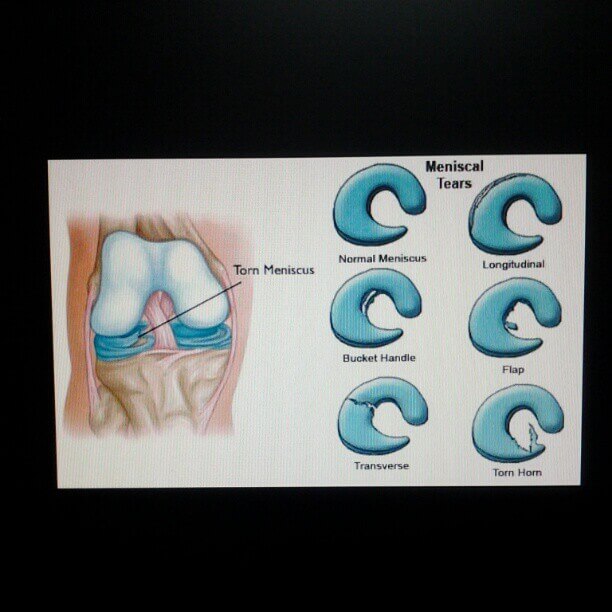A journal club is a group of individuals who meet regularly to critically evaluate recent articles in scientific literature. It is a part of postgraduate medical education aimed at improving the skills of critically appraising the journal articles. Critical appraisal is the process of systematically examining research evidence to assess it’s validity and applicability for a particular problem or situation by paying more attention to the methods than the author’s conclusion.

Article Selection
Unless you are given a specific topic or article to appraise, you can follow the general guidelines outlined below:
- Choose a recently published article, dealing with the problems commonly encountered and that you are interested in (you can use google scholar to search articles and display those published within certain years)
- Give priority to original articles over systematic review or meta-analysis
- Try to select article from a journal with a good impact factor or those that belong to specific medical societies
Preparing and Presenting the Journal Club
Slide 1: Introduction
What was the clinical question that led you to the searching of literatures and what was the reason you chose the particular article?
Slide 2: About Author and Journal
- Title of the article, Authors and their Affiliated Institutions
- Mention any outstanding features of the article (e.g. first study of its kind), well-known author(s) or affiliated institutions
- Journal presence: Impact factor, SCIMAGO journal ranking, Cite score
- Circulation of journal: Regional, National or International
- Readership of the journal: Who are the readers the journal aims at?
Slide 3: Hypothesis
- Mention the research question or hypothesis
- Summarize the research question in PICOT format:
- Population: Sample studied
- Intervention: Intervention or treatment tested
- Comparison: Reference group or control group of the study (nay not always be present)
- Outcome: Outcome tool(s) used in the study to measure the effectiveness of intervention
- Time: Duration of the study
Slide 4: Evidence base
Go through the papers referenced in the chosen study and other relevant literatures and answer the following:
- What is already known on the subject and is this information correctly mentioned in the article?
- Is the hypothesis of the chosen article correct?
- Is the research question still important and relevant in the context of existing evidence base?
- What does the study contribute to existing evidence base? Have they assessed or validated something new?
Slide 5: Study design
- Type of study: Descriptive, Cross-sectional, Case-control, Cohort (prospective/retrospective), Quasi-experimental, RCT, Systematic review, Meta-analysis
- Mention the level of evidence given by the study type
- Is the study type used appropriate to the research question?
- Study population:
- Can the results of the study be generalized?
- If not, is it explicitly mentioned in the article?
- Randomization: How are the subjects allocated into groups?
- Bias:
- Possible bias in the study
- Has randomization been done?
- Has blinding been used? If yes – what type?
- Inclusion and exclusion criteria:
- Are the inclusion and exclusion criteria clearly stated?
- Do you find anything included or excluded that could have affected the results of the study?
Slide 6: Analysis of the methodology
- Was the method and approach to the study appropriately diligent
- Were processes consistent?
- Was follow-up complete and consistent in each group?
- What outcome measures were used and were they appropriate
- Are the statistical tools adopted suitable and correctly interpreted by the investigators?
- Have the authors made a power statement (like P-value, alpha, beta, power, power analysis and effect size)?
- What significance level has been used (P-value)?
- Has the power of the study been stated, does it exceed 80%?
Slide 7: Results
- State the results and if they are clearly stated
- Are the results statistically significant/Is the null-hypothesis rejected?
Slide 8: Discussion and Interpretation
- Strengths of the study
- Weaknesses of the study
- Are the results consistent with the conclusion?
- Is the statistically significant finding also clinically significant?
- Does the article acknowledge relevant literatures and other approaches?
- Analyze the limitations of the study stated by the authors. Are the authors’ claims correct?
- Any conflicts of interest stated by the authors?
Slide 9: Clinical context
- Go back to the clincial question you started with
- How the article might change practice in your clinical setting?
As a sample journal club presentation, I have uploaded my first attempt of journal club presentation. If you have any queries or suggestions, please comment below.
Derived from: Bowles, P., Marenah, K., Ricketts, D., & Rogers, B. (2013). How to prepare for and present at a journal club. British Journal of Hospital Medicine, 74(Sup10), C150–C152. doi:10.12968/hmed.2013.74.sup10.c150

He is the section editor of Orthopedics in Epomedicine. He searches for and share simpler ways to make complicated medical topics simple. He also loves writing poetry, listening and playing music. He is currently pursuing Fellowship in Hip, Pelvi-acetabulum and Arthroplasty at B&B Hospital.



Thank you
Thank you for your simple method of critical appraisal. I found it very daunting and overwhelming to appraise an article, but now it is much simplier after reading your material.
I use these guidelines for analyzing articles and presenting JC,